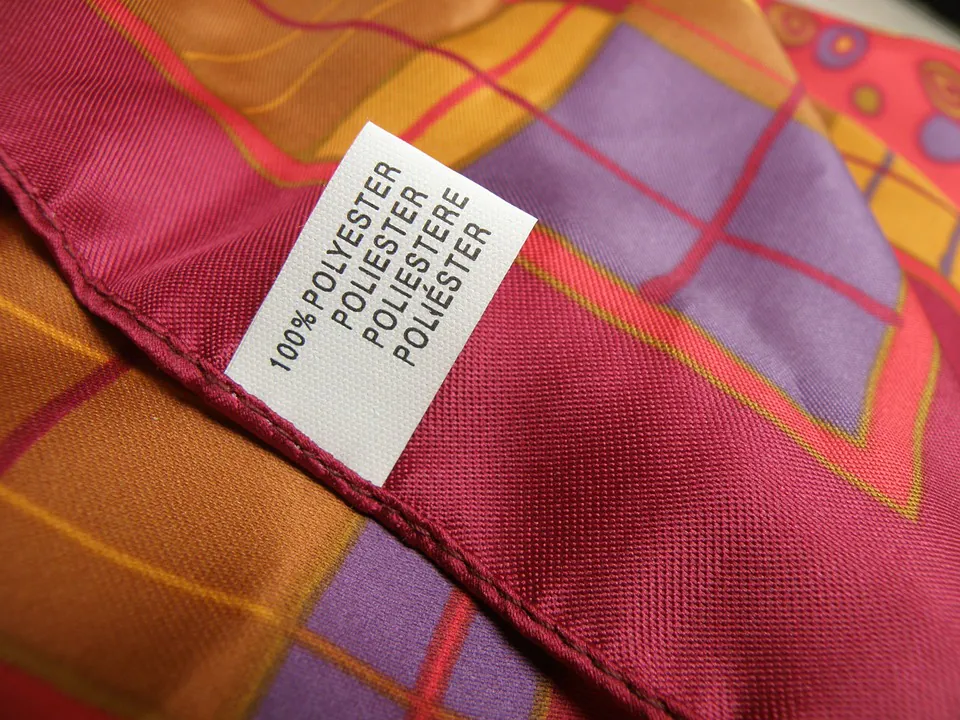
Polyester fiber is the most commonly used fiber in the world, and accounts for about half of the overall fiber market. This is due to its versatility – polyester material is used in everything from tire reinforcements to insulating material to clothing, and is relatively inexpensive.
Polyester fibers are most commonly made from polyethylene terephthalate (PET), and PET fibers can be divided into polyester staple fiber (PSF) and polyester filament yarn (PFY). Polyester yarn makes up about 68% of the polyester fiber market in terms of consumption. In terms of end uses, apparel is the largest segment, accounting for about half of the market. It is followed by home furnishings with a quarter of the market. Other uses for polyester include carpets and rugs, fiberfill, and nonwoven fabrics.
Uses and benefits
While clothing is the most obvious use of polyester, as suggested above there are many other applications. Items such as conveyor belts, tires, ropes, sails, and upholstery all use polyester fibers. Its strength and lower flammability recommend it for many situations. There are several benefits to using polyester material. It is hydrophobic and durable, making it ideal for outdoor products such as jackets, sleeping bags, and many others. It can also be made with hollow fibers, allowing it to provide insulation, or be made into fiberfill. The material is wrinkle-resistant, a very desirable quality in clothing, and can also be stain-resistant. Other qualities of polyester include resistance to shrinking and stretching, resistance to most chemicals, the ability to dry quickly, easy of washing, and resistance to mildew.
Current status and future prospects
The market for polyester fiber continues to be healthy. It has grown at a rate of nearly 7% since 1990, and is expected to have a CAGR of 5% for the period 2015-2020. According to Zion Research, the market was valued at USD 73.5 Billion in 2014 and should be worth USD 115.0 Billion by 2020.
Most of the demand for polyester material comes from Asia, particularly China, because of the high volume of textile production in the country. Asia-Pacific is expected to account for over 85% of the global market by 2019, which North America and Europe each contributing less than 5%. Northeast Asia in particular will be the greatest driver of demand, largely due to China, which itself accounts for 65% of global polyester fiber consumption. Due to the high volume of inexpensive clothing made in and exported from this region, western countries have difficulty competing, and production there has dropped off.
Because the market for polyester fiber is a mature one, its share in the global fiber market is expected to plateau over the next several years, remaining at roughly 50%. The majority of this will continue to come from Asia-Pacific, though China’s share may wane. Wages in the country are rising, and so production is gradually moving away to other Asian countries.
Major polyester vendors
This market is highly fragmented, with no one vendor holding a substantial share of it. The top ten companies in the global polyester fiber market together make up only about 30% of it. Some of these top players are Reliance, Zhejian Hengyi, and Sinopec, followed by others such as Zhejiang Tongkun, Indorama, Nan-Ya, Sanfangxiang, Far Eastern, M&G, and Alpek. This means the market is very competitive, but also that smaller companies are able to make an impact in it. In order to get ahead, larger companies are likely to acquire these smaller companies, increasing their knowledge and market shares.
Thousands of world’s leading textile companies can be in your contact list if you register to join BizVibe today! Whether you are looking reliable suppliers, top textile manufacturers, wholesalers and potential customers in over 70 major countries, or finding out what your competitors are buying and which suppliers they’re using, BizVibe can help you reach out to sales prospects and decision-makers in the textile industry across the globe.
Register for free now to build your own network of global textile companies on BizVibe



